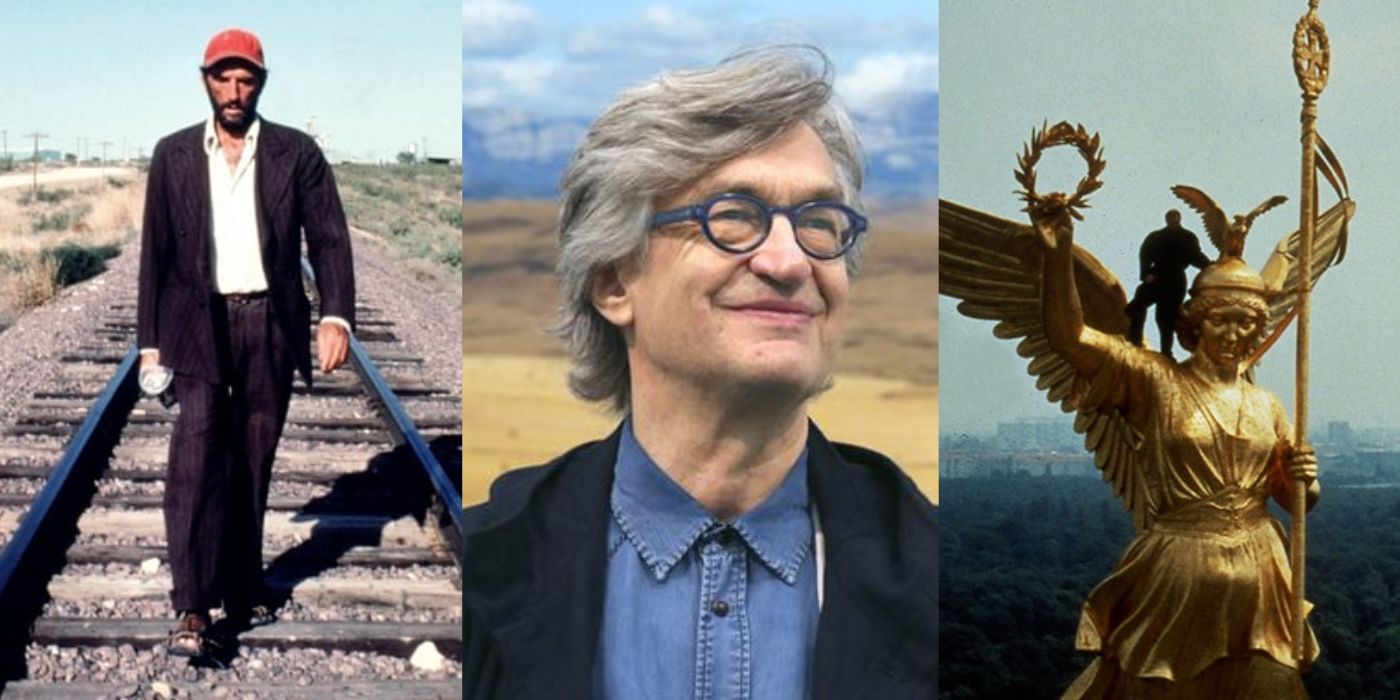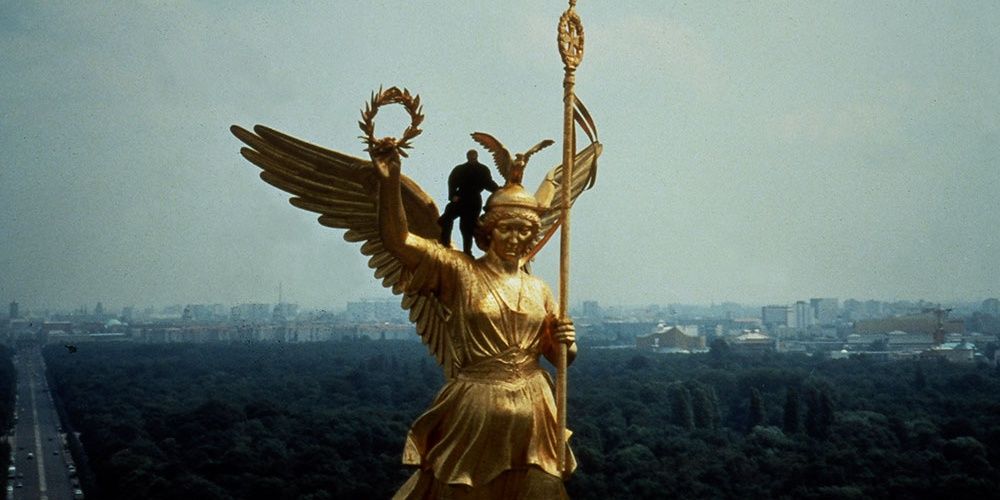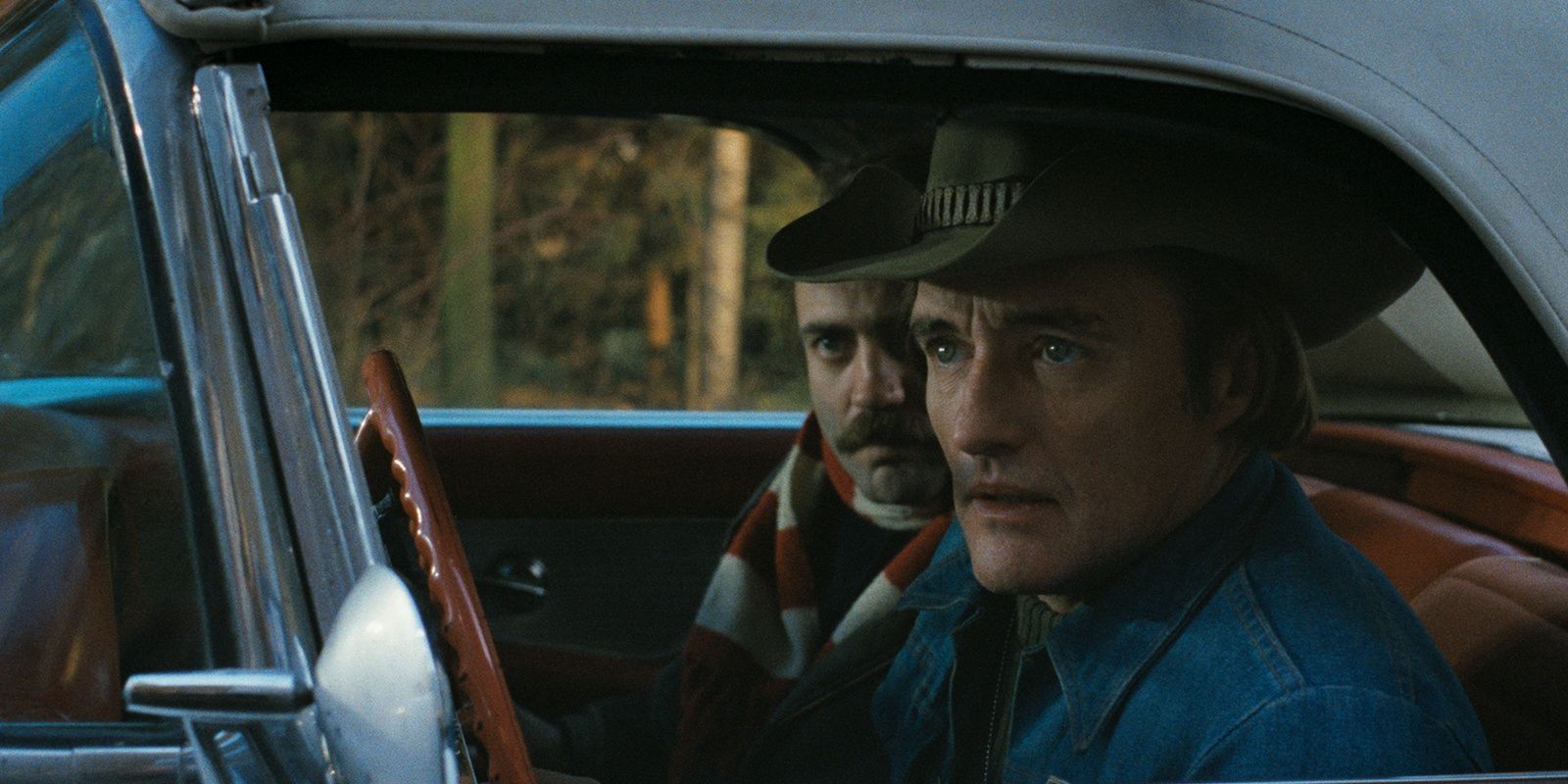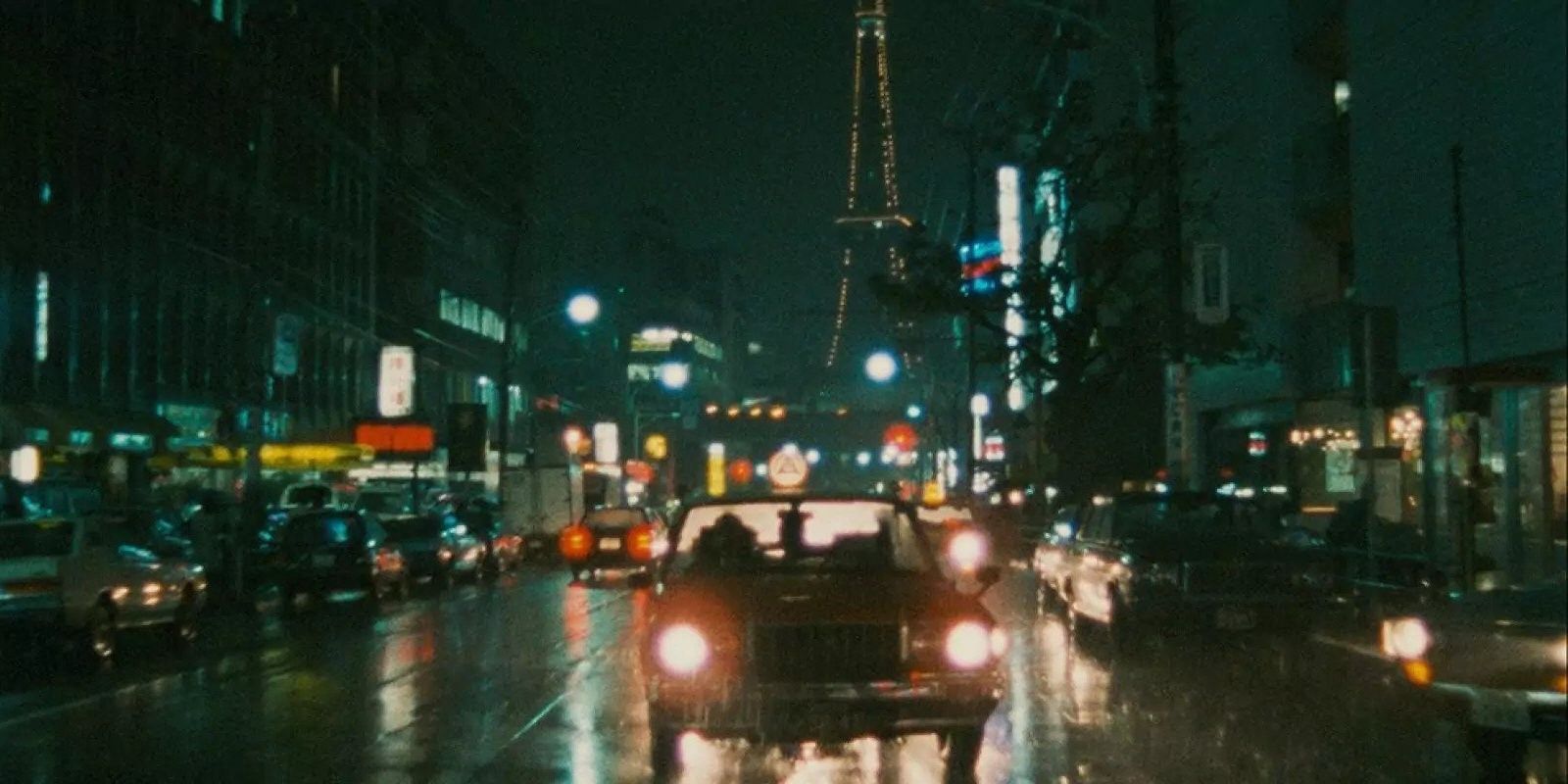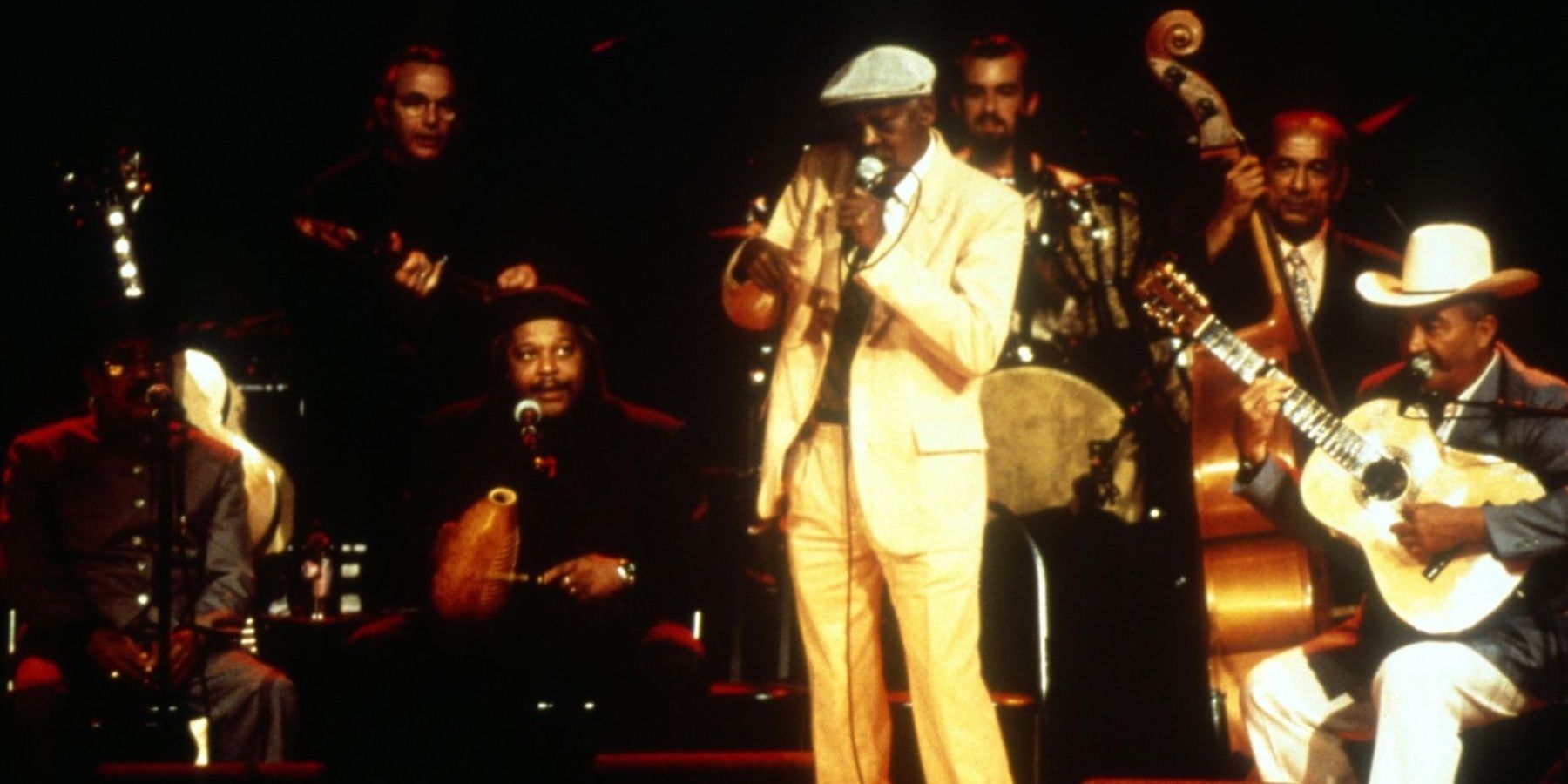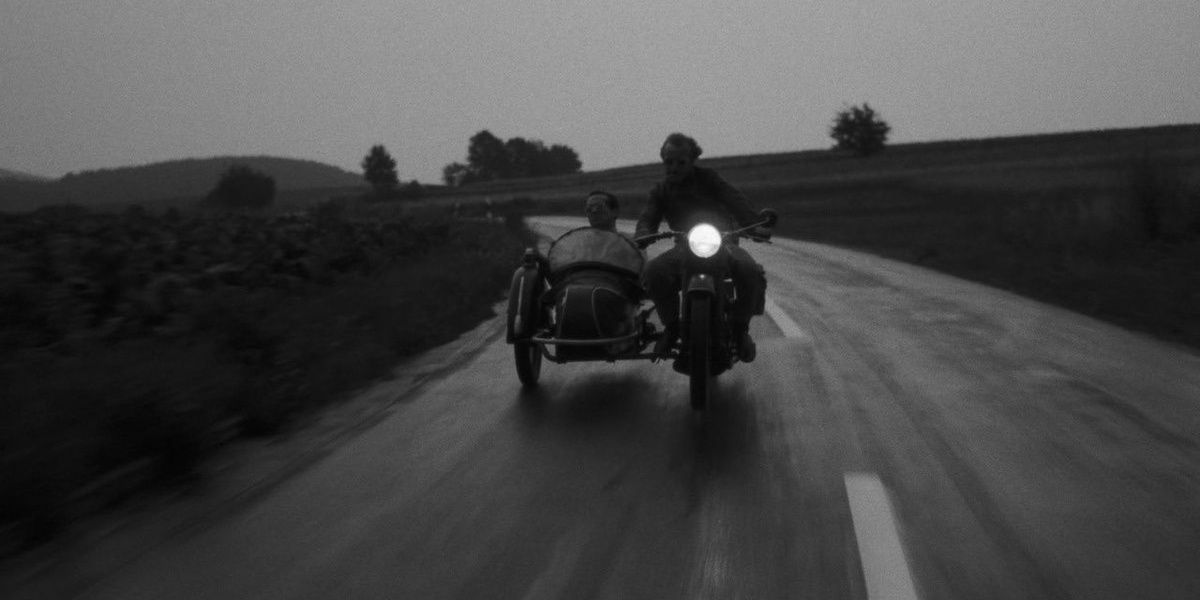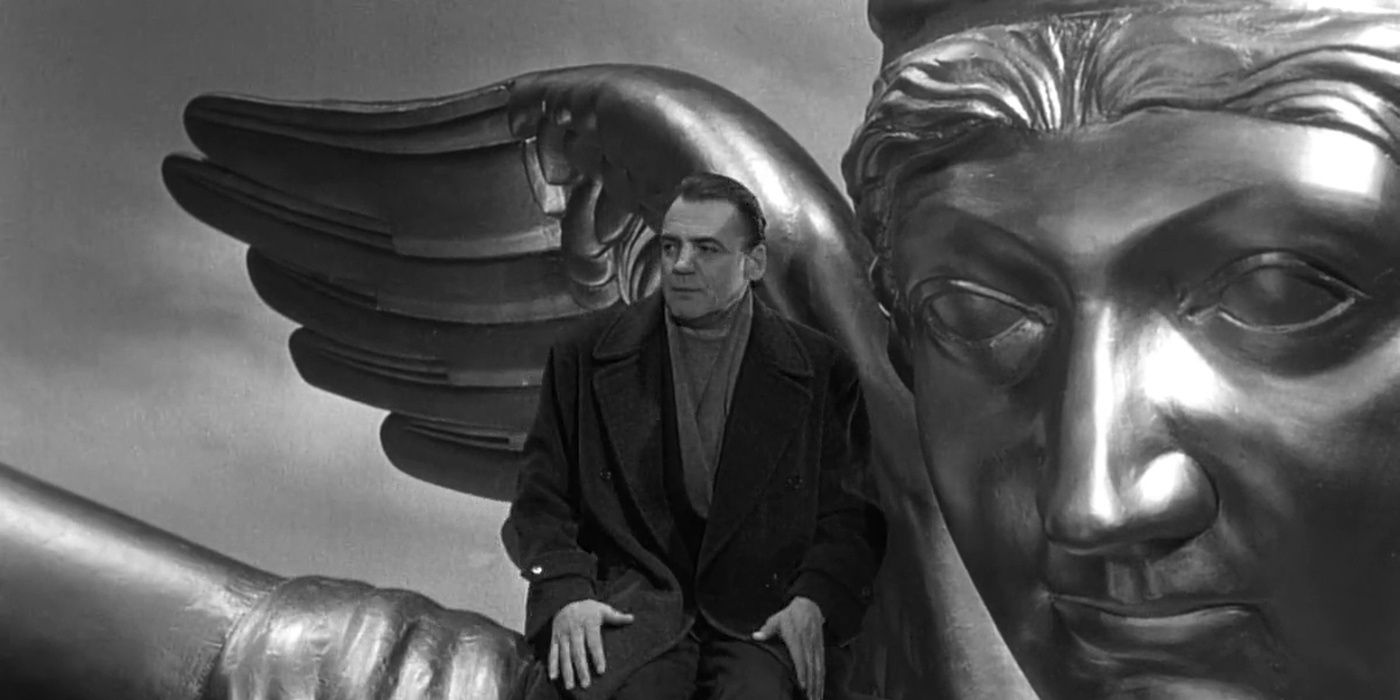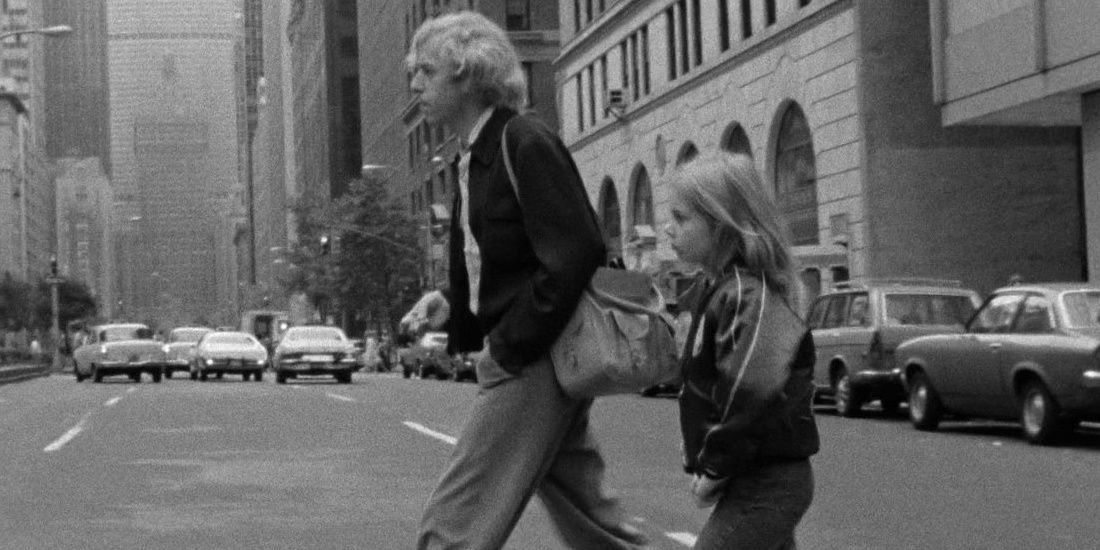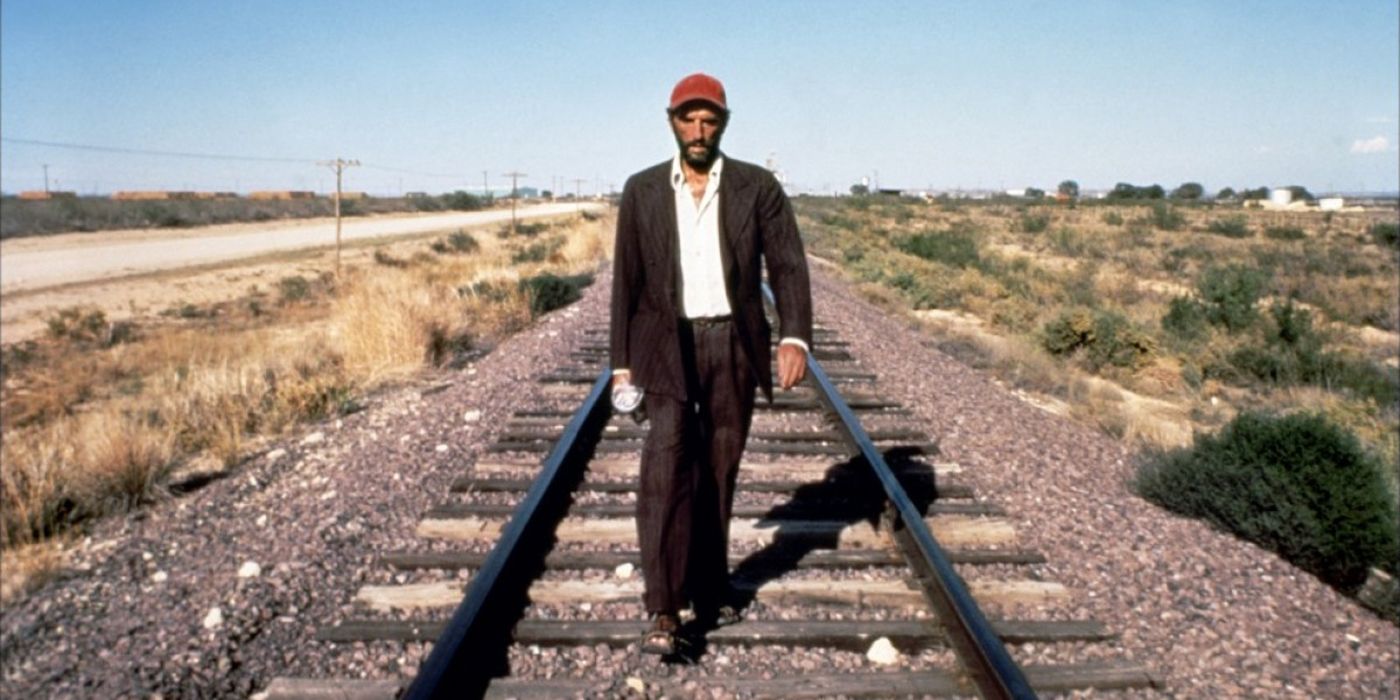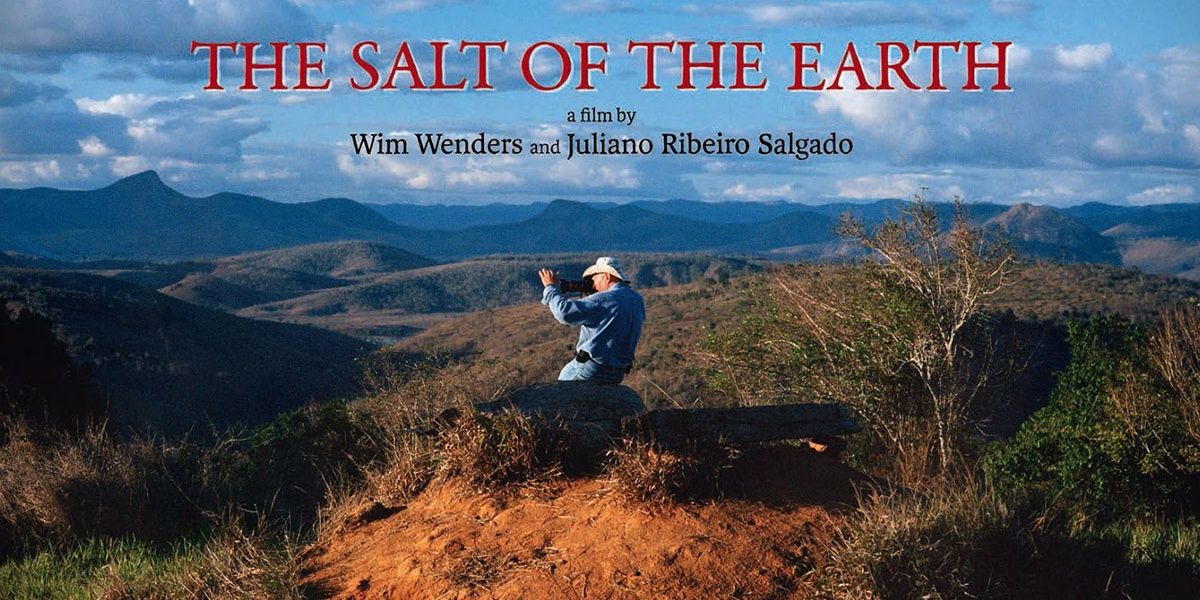An auteur par excellence, Wim Wenders is arguably one of the greatest living directors from Europe. Initially gaining fame with his 1984 road film, Paris, Texas, Wenders went on to direct Wings of Desire, which continues to be a quintessential watch for aficionados of German cinema. Narrative filmmaking aside, Wenders has also often dabbled in making documentaries, with his latest one highlighting the life of Pope Francis.
While his films have drawn acclaim at festivals, like Cannes, the Academy Awards have nominated him three times in the Best Documentary Feature category. Pina, The Salt of the Earth, and Buena Vista Social Club are some of his most popular documentaries to name a few.
Faraway, So Close! (1993) - 7.3
A direct sequel to Wenders' magnum opus Wings of Desire, this 1993 drama explores similar themes of humanity, love, and magical realism. Faraway, So Close might not match the legacy of its predecessor, but it still makes for a worthy follow-up, with most of the original cast reprising their roles.
The film follows a group of angels who wander over a unified Berlin. While the angel, Damiel (Bruno Ganz), is happy as a human experiencing the joys of life, Cassiel's (Otto Sander) experience is not so smooth and he turns to a life of crime as soon as he turns human. Apart from these two veteran German actors, the cast also included a younger Willem Dafoe with Mikhail Gorbachev and Lou Reed playing themselves.
TIE: The American Friend (1977) - 7.4
The American Friend starred two of Wenders' regular collaborators: Denis Hopper and Bruno Ganz. While Hopper plays a con artist, Ganz plays a picture framer who's forced to become an assassin by the former.
With enough atmospheric tension and neo-noir thrills, the film has aged well over the years. Like many of Wenders' fictional works, The American Friend is also a literary adaptation. The plot borrows from Patricia Highsmith's thriller novel Ripley's Game. In fact, Dennis Hopper's anti-hero character, Thomas Ripley, was further popularized with other Highsmith adaptations like The Talented Mr. Ripley and Ripley's Game.
TIE: Tokyo-Ga (1985) - 7.4
Yasujirō Ozu revolutionized Japanese cinema with features such as Tokyo Story and Late Spring. More than two decades after his death, Wim Wenders traveled to Japan to paint a portrait of Ozu's career, as well as that of Tokyo itself.
The documentary includes vignettes of contemporary Tokyo life, delving into the popular culture and daily pastimes of the locals in the city. These scenes are then blended with interviews featuring Ozu collaborators, like cinematographer Yuharu Atsuta and actor Chishū Ryū, who appeared in more than 30 Ozu films. Ryū would later appear in Wenders' 1991 sci-fi drama, Until The End Of The World.
Buena Vista Social Club (1999) - 7.6
The muse behind many of Wim Wenders' documentaries was either an inspiration or a close friend. In the case of Buena Vista Social Club, Wenders focused on his long-time friend, the guitarist Ry Cooder.
The film documents Cooder's experience in bringing together reputed Cuban musicians to record an album together (the title of which corresponds with the film). Once the recording is wrapped up, Cooder and the ensemble perform in Amsterdam and New York, as Wenders captures the musicians' awe in exploring new countries. Heartfelt and insightful, Buena Vista Social Club is an important watch for music documentary fans.
Pina (2011) - 7.7
The dance documentary, Pina, found Wim Wenders experimenting with the 3D format, which makes sense given the ambitious nature of the film's dance sequences (shot in a theatre as well as in outdoor settings). In this case, his subject of interest was the German contemporary dance choreographer, Pina Bausch. Unfortunately, she passed away during production, which made Wenders change his approach.
Rather than just being a showcase of her professional prowess, the documentary also turned out to be a tribute to her legacy. It features interviews with the dancers she mentored, who also perform in the film's intense dance scenes.
Kings Of The Road (1976) - 7.8
Before Paris, Texas, the German auteur's tryst with the road trip genre was triggered by his "Road Movie" trilogy, which included Alice in the Cities, The Wrong Move, and finally, Kings of the Road.
The plot centers upon a drifter exploring archaic theatres and a man who attempts suicide after a failed marriage. When these strangers cross each other's paths, they turn into unlikely travel companions. What follows is a lazily-paced journey of self-exploration and observation of the mundane. It's clearly not a melodramatic road film that promises a satisfying conclusion. Instead, it highlights the everyday happenings of the East/West German border as the protagonists attempt to make sense of their seemingly worthless lives.
TIE: Wings Of Desire (1987) - 8
Before his acclaimed portrayal of Adolf Hitler in Downfall, Bruno Ganz garnered popularity with his leading turn as an angel in Wings of Desire. Shot in black-and-white, the romantic fantasy relies on a philosophical approach to decipher the nuances of divinity and romance.
Even though immortal angels serve as invisible guardians for humanity, Ganz's Damiel plans to take a bold step. Eager to experience human pleasure and to truly love a lonely trapeze artist (Solveig Dommartin), Damiel sheds his immortality and learns what it means to be truly human.
TIE: Alice In The Cities (1974) - 8
The first installment of Wenders' "Road Movie" trilogy, Alice in the Cities again plays around with the concept of strangers developing a friendly relationship. Being one of Wenders' earliest works, viewers can find familiar elements in the film that would later find their way in Paris, Texas. The general premise explores alienation and loss, as a German journalist is unwillingly tasked with ensuring the safety of a young girl abandoned by her mother. What follows is a cross-country European road trip to find the girl's grandmother.
Its long shots of silence might test one's patience and some might find its narrative to be too cynical. But at the same time, it shows Wenders at his introspective best, bolstered by Robby Muller's calming cinematography.
Paris, Texas (1984) - 8.1
Self-discovery is a crucial theme in the filmography of Wim Wenders. This is perhaps best exemplified in Paris, Texas, which features Harry Dean Stanton as Travis Henderson, a man who must rebuild his social life after a dissociative period of memory loss. After wandering aimlessly in a desert, he's reunited with his family while constantly wondering about his ominous past.
Written by playwright Sam Shepard and composed by the aforementioned Ry Cooder, Paris, Texas is an ambitious human drama that continues to draw multiple interpretations.
The Salt Of The Earth (2014)-8.5
Another one of the many biographical documentaries directed by Wenders, The Salt of the Earth focuses on noted Brazilian photographer, Sebastião Salgado. It won the Special Prize at Cannes Film Festival, along with an Oscar nomination.
The documentary is a moving tribute to Salgado's monumental international work in documenting environmental exploitation and its effects on local populations. Other scenes include a highlight of his later work in Brazil when he began focusing on conflicts and social issues. Co-directed by his son, Juliano Salgado, it also attempts to understand his distanced relationship with him, adding a more personal angle in this process.

